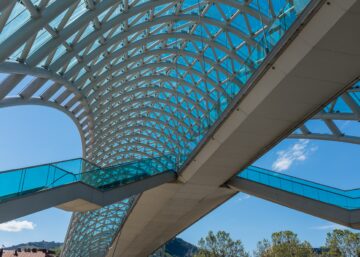By Tanuja Adiani, Managing Director, U.S. Fund Administration
Spending a day at the INREV North American Conference on 4 June delivered key insights into the ever-evolving real estate landscape. As an asset class, real estate uniquely responds to socio-economic conditions, deliberately fulfilling human aspirations. This dynamic interplay was at the heart of discussions during the conference and several critical themes emerged which are set to shape the future of the industry.
Socio-economic influences on real estate
Real estate and socio-economic factors are inherently linked, and this relationship was a focal point of the conference. Discussions delved into immigration policies, changing demographics, geopolitics and population shifts. These elements collectively influence the demand and supply dynamics within the real estate sector, driving investment decisions and shaping market trends.
The U.S. Market: Navigating uncertainty
Much of the dialogue centered around the United States, which is undergoing substantial changes. Private market investors are watching closely to determine whether these shifts signal a renaissance or a period of decline. This uncertainty has prompted investors to look beyond U.S. borders for opportunities, with Europe and Asia emerging as attractive alternatives for investors given their promising growth prospects.
Residential sector: A persistent demand
One of the most compelling themes was the residential sector’s resilience. The constant demand for shelter continues to outpace supply, making residential investments particularly appealing. Single-family rentals, multi-family rentals, student housing, senior housing and purpose-built accommodations are experiencing robust growth with continued momentum expected. The residential sector’s ability to meet fundamental human needs ensures its enduring relevance in the investment landscape.
Diversifying investment portfolios
Beyond residential real estate, experts at the conference emphasized the potential in other sectors such as data centers, healthcare and select retail. These sectors offer unique opportunities for diversification, catering to modern society’s evolving needs. Data centers are increasingly vital in our digital age, while healthcare facilities must address the growing demand for medical services. Select retail investments, particularly those adapting to changing consumer behaviors, also present promising prospects.
Conclusion
The insights gained from the INREV conference underscore real estate’s dynamic nature as an asset class. Socio-economic conditions, demographic shifts and market trends continually shape the investment landscape. As investors navigate these changes, the focus on Europe and Asia, coupled with persistent demand in the residential sector and diversification into emerging sectors, will be crucial in driving future growth.



